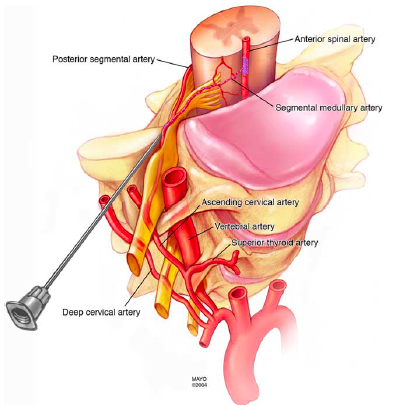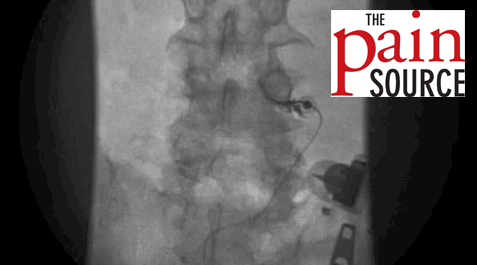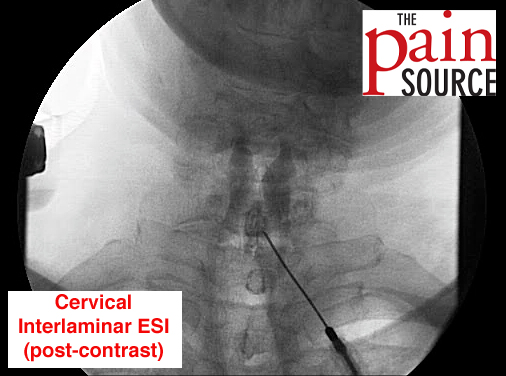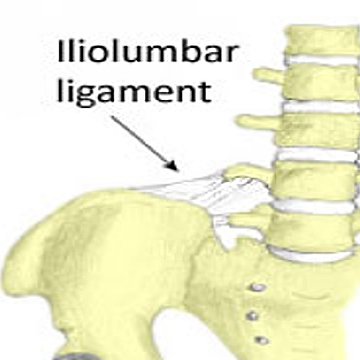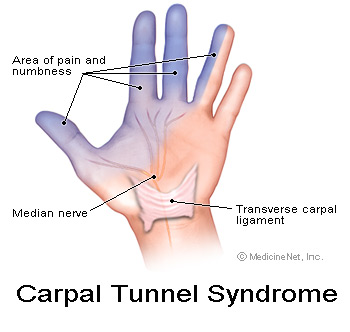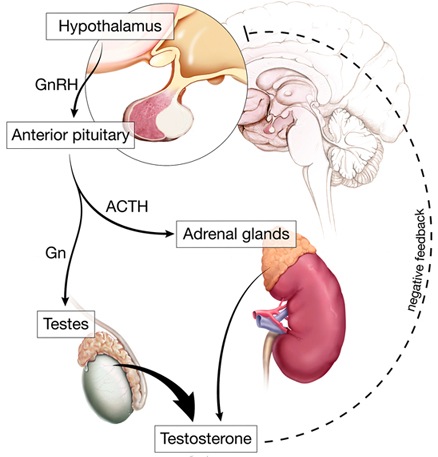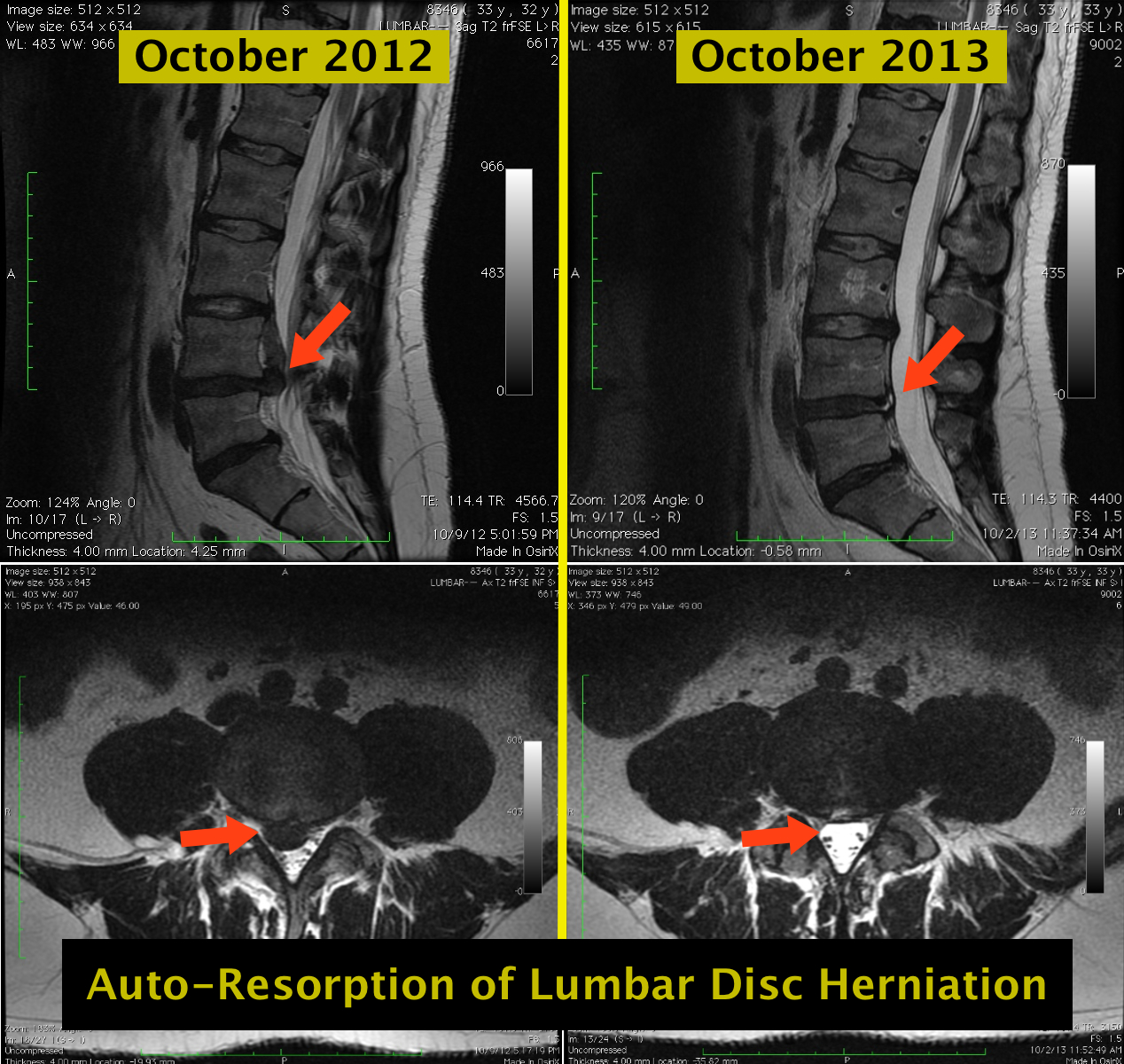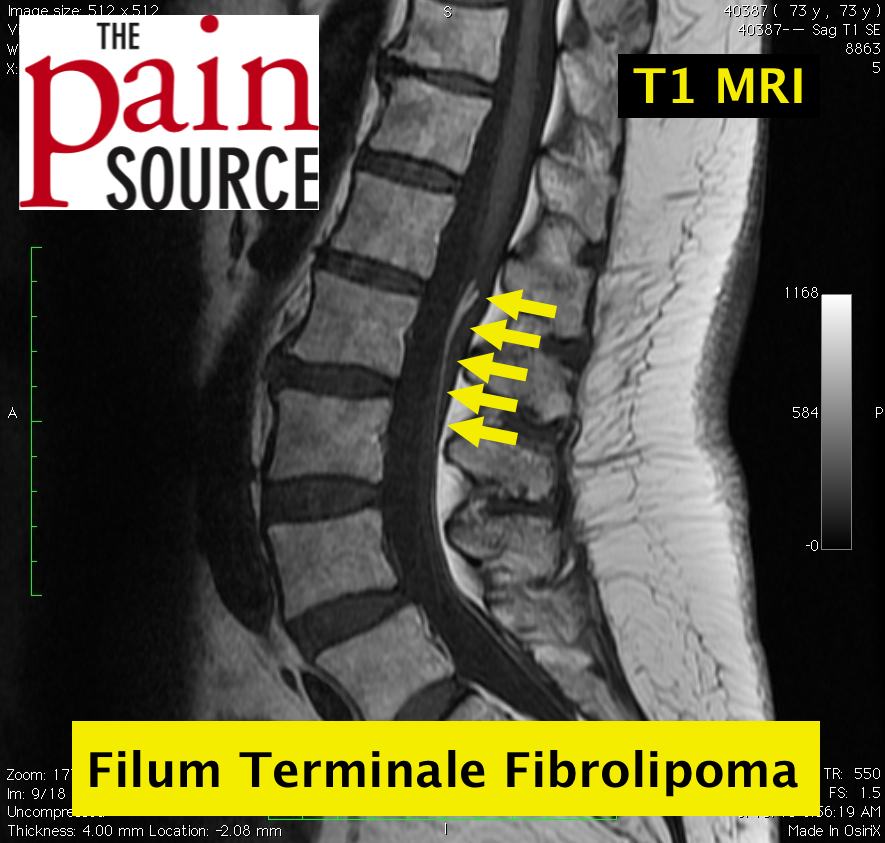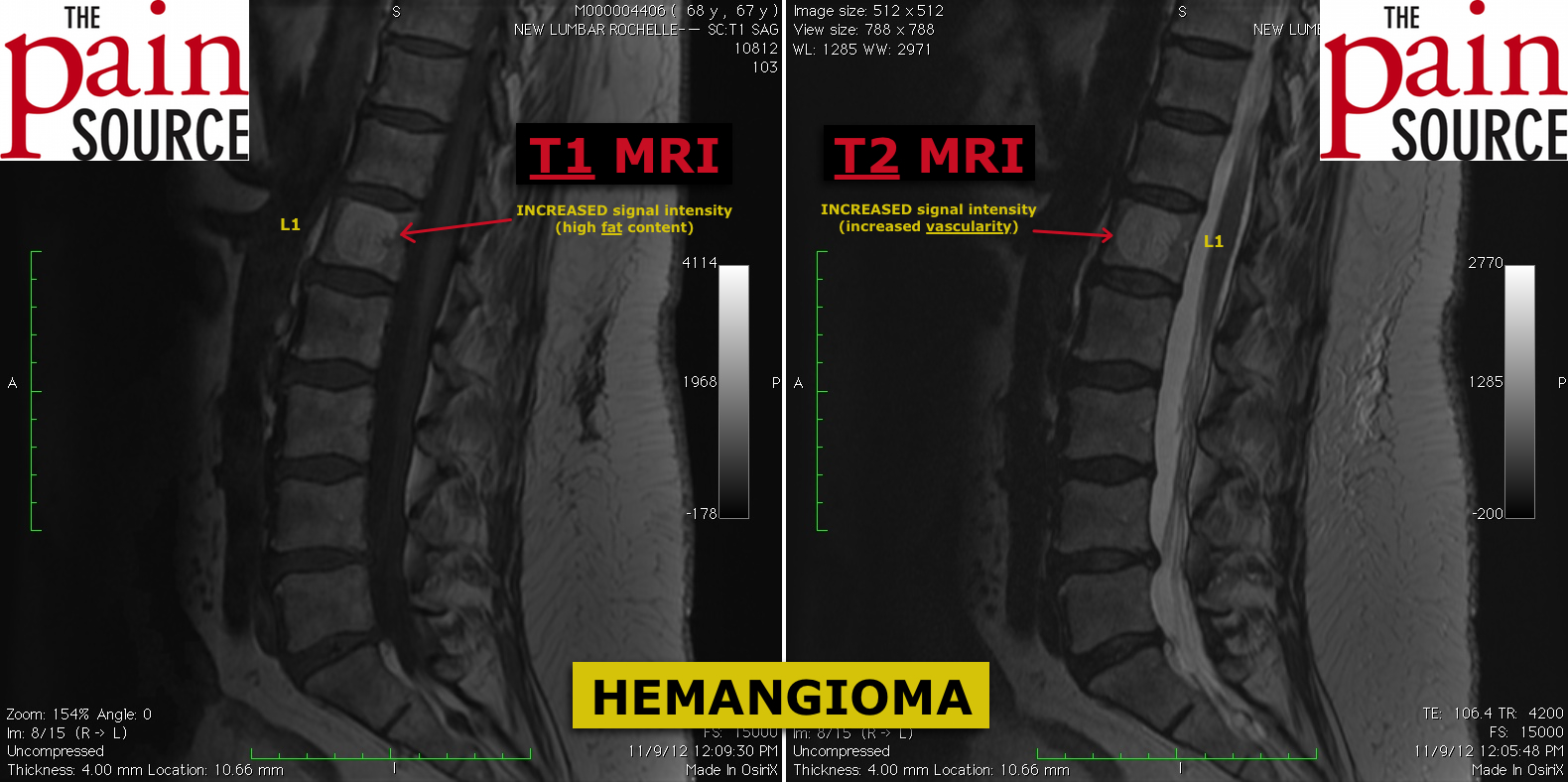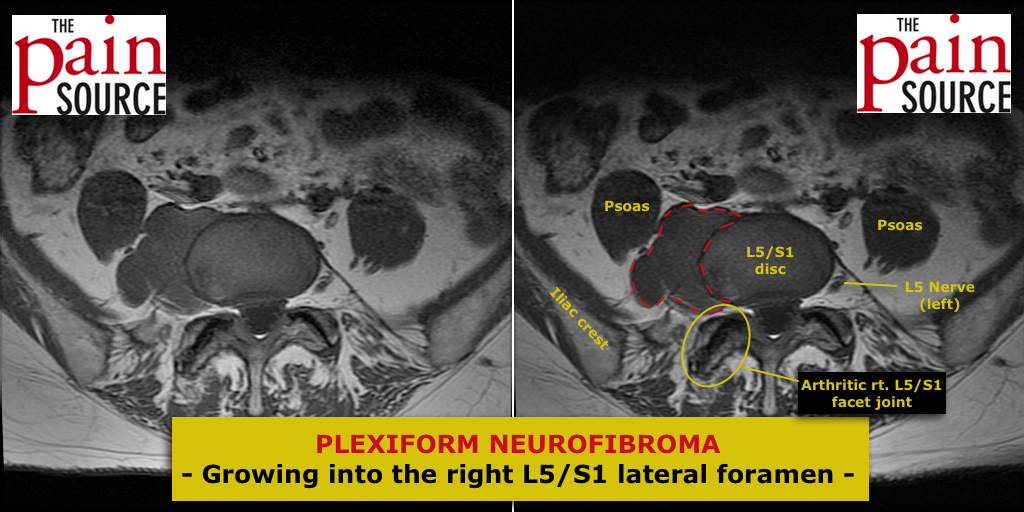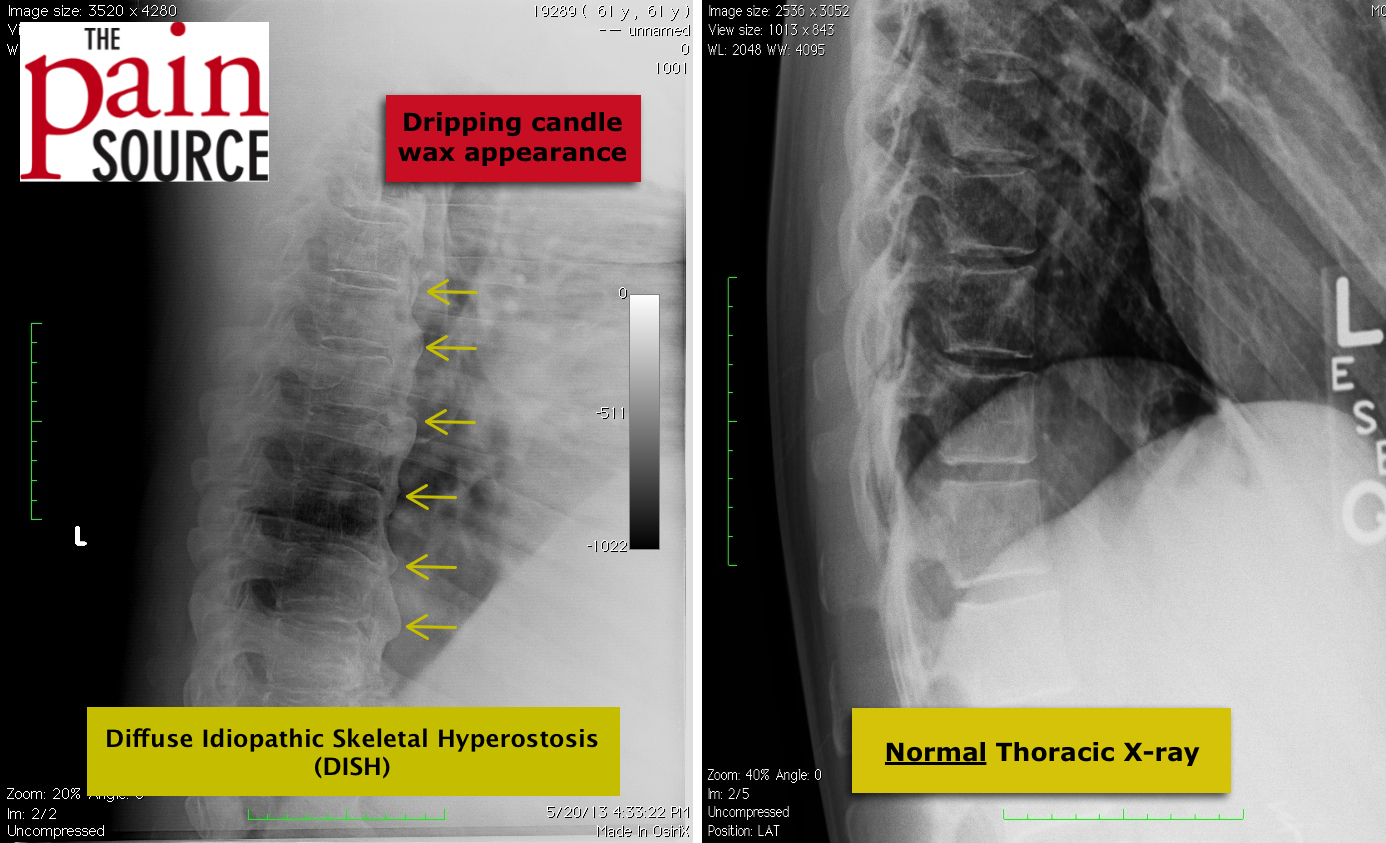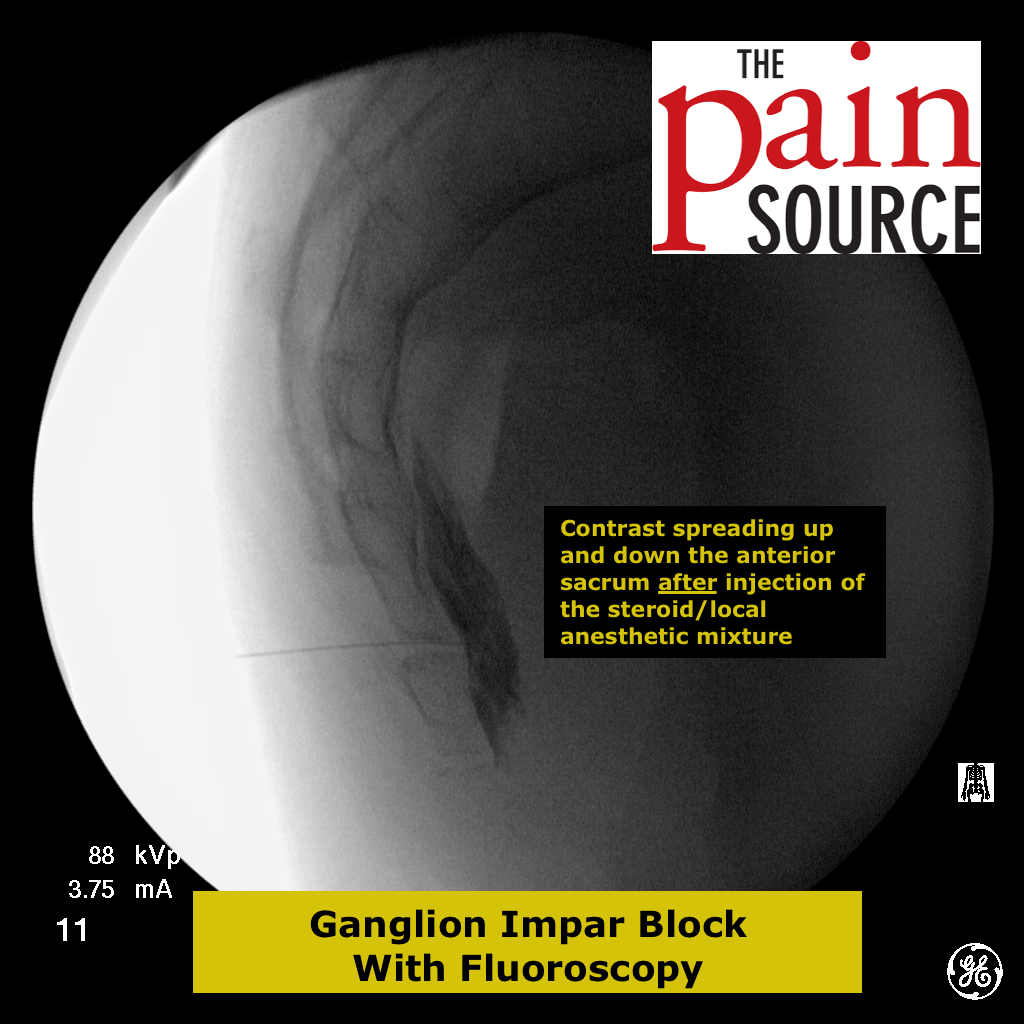By Chris Faubel, MD —
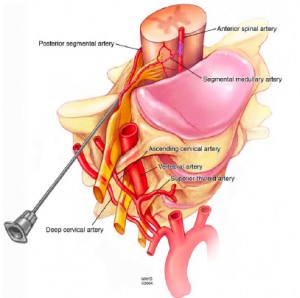
J Bone Joint Surg Am. 2008 Sep;90(9):1932-8.
Perils of intravascular methylprednisolone injection into the vertebral artery. An animal study.
Okubadejo GO, Talcott MR, Schmidt RE, Sharma A, Patel AA, Mackey RB, Guarino AH, Moran CJ, Riew KD.
Department of Orthopaedic Surgery, Washington University School of Medicine, St. Louis, Missouri, USA. gokubadejo@hotmail.com
Get the abstract here
Summary of Study
- Purpose: to investigate whether use of particulate steroids carried with it, a greater risk of neurologic damage from cervical transforaminal epidural steroid injections
- Prospective, exploratory pilot study
- Animal study – eleven (11) adult, male pigs weighing between 110 and 136 pounds (50-62 kg)
- Groups
- Methylprednisolone (Depo-Medrol)
- 1-ml of 40mg/ml = 4 pigs
- 1-ml of 40mg/ml = 4 pigs
- Dexamethasone (Decadron)
- 1-ml of 4mg/ml (low dose) = 2 pigs
- 1-ml of 10mg/ml (high dose) = 2 pigs
- 1-ml of 4mg/ml (low dose) = 2 pigs
- Prednisolone
- 1-ml of 10mg/ml (low dose) = 1 pig
- 1-ml of 50mg/ml (high dose) = 2 pigs
- Methylprednisolone (Depo-Medrol)
- Methods
- All pigs were anesthetized under general anesthesia and intubated.
- Femoral artery access was used to thread a catheter up to the vertebral artery, where the steroids were injected.
- Pigs were then allowed to recover from the anesthesia, if possible.
- MRI of brains and spinal cord were obtained under sedation within 24-hours following the injections.
- All eleven pigs were then killed and specimens were examined
- Results
- Methylprednisolone group (particulate steroid)
- NONE of the pigs recovered from the injection.
- Attempts to wean the pigs from ventilatory support were unsuccessful.
- On histopathologic analysis of the brain and spinal cord, these pigs demonstrated evidence of hypoxic and ischemic damage.
- NONE of the pigs recovered from the injection.
- Dexamethasone and prednisolone groups (non-particulate steroids)
- ALL these pigs fully recovered after the injections.
- No pathology seen on histopathologic examination.
- Methylprednisolone group (particulate steroid)
- Conclusions
- This study suggests that one likely cause of the neurologic damage following cervical transforaminal epidural steroid injections may be incidental intravascular injection of particulate steroids (methylprednisolone or triamcinolone) into arteries supplying the brain and spinal cord.
Weaknesses of the study
- Animal study — though of course this wouldn’t be ethical in humans
- Small number of subjects (pigs) — only eleven total
- True transforaminal injection into the vertebral artery was not performed

